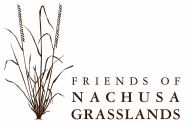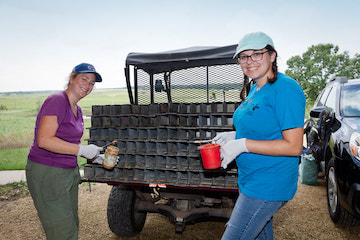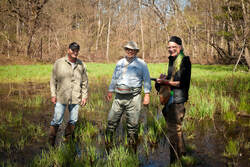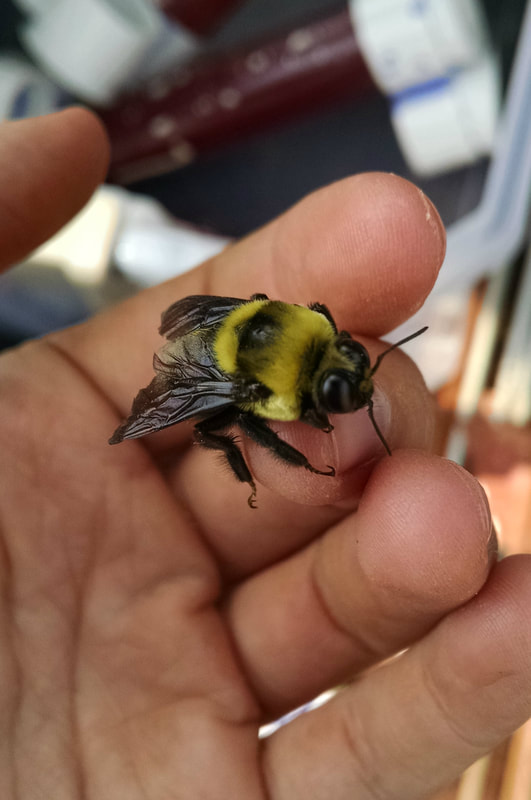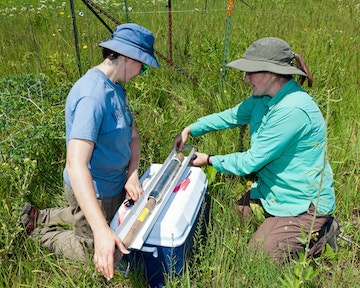Friends of Nachusa Grasslands 2020 Scientific Research Grants – $46,782
To support scientific endeavors, Friends of Nachusa Grasslands awards monetary grants to qualified candidates conducting scientific research significant to Nachusa Grasslands.
Research projects focus primarily on prairie, savanna, wetland, woodland, and stream habitat management, such as prescribed fire, seed collection, weed control, general or specific flora or faunal populations, and natural areas restoration.
Thanks to a 1:1 challenge grant and the generous support of individual donors, organizations, and foundations, Friends has awarded $46,782 for 2020-2021, divided in varying amounts among eleven researchers.
Research projects focus primarily on prairie, savanna, wetland, woodland, and stream habitat management, such as prescribed fire, seed collection, weed control, general or specific flora or faunal populations, and natural areas restoration.
Thanks to a 1:1 challenge grant and the generous support of individual donors, organizations, and foundations, Friends has awarded $46,782 for 2020-2021, divided in varying amounts among eleven researchers.
Donations to Friends can be designated to Scientific Research Grants.
2020 Grant Recipients, Projects, and Amounts
|
Laura Adamovicz, DVM, PhD., University of Illinois at Urbana-Champaign. “Health Assessment of Ornate Box Turtles (Terrapene ornata) Using Blood Ceruloplasmin, Lactate, and Hormone Analysis.” Dr. Adamovicz is continuing her last four years’ work assessing the health of the ornate box turtles (Terrapene ornata) at Nachusa. In addition to directing strategies for protecting this state-threatened species at Nachusa, this work provides baseline data for protecting other ornate box turtle populations elsewhere. This grant will specifically help pay for testing blood ceruloplasmin, plasma lactate, and hormone levels in captured turtles to assess long-term inflammation, stress levels, and egg presence respectively. $2,441.
Shawn Brown, PhD., University of Memphis. “Impacts on Belowground Microbial Communities with Herbicidal Control of the Invasive Lonicera maackii (Amur Honeysuckle.) Amur honeysuckle is a problematic invasive species at Nachusa. Both stewards and staff have spent innumerable hours using herbicide to eradicate it with no knowledge of how those treatments are affecting soil microbial communities so vital to the healthy soils required for above-ground community restoration. Dr. Brown will study this question to determine what effects (if any) herbicide treatments are having on below-ground soil communities. $2790. Bethanne Bruninga-Socolar, PhD., University of Minnesota. “Monitoring Nachusa’s Wild Bees.” This grant will support the ongoing monitoring of Nachusa’s wild bees first begun by Dr. Bruninga-Socolar and Dr. Sean Griffin in 2013. It will also support the use of new monitoring methods to specifically identify habitat and dietary specialist bees and bumble bees, which are bees of high conservation interest. The long-term goals of this study include assessing the effectiveness of restoration and management for conserving wild bee communities, describing bee community and population dynamics over time, and analyzing the impacts of climate change on Nachusa’s wild bee community. $10,000. Antonio Del Valle, M.S. candidate, Northern Illinois University. “Breeding Bird Communities: Impacts of Bison Reintroduction, Prescribed Fire, and Restoration Chronosequence at Nachusa Grasslands.” Mr. Del Valle will be conducting breeding bird surveys and vegetation structure analysis along fixed-width transects in units with different grazing (bison/no bison) and fire (burned/unburned) histories to determine if bird species (and their numbers) vary with management regimen. He will also be comparing the survey data he collects in the South Bison unit with bird survey data collected along identical transects between the years of 1991-2012. $2,710. Elizabeth Esselman, PhD. and Joseph Stumbo, M.S. candidate, Southern Illinois University at Edwardsville. “Mycorrhizal Fungal Associates of the Eastern Prairie Fringed Orchid (Plantanthera leucophaea.) The Eastern Prairie Fringed orchid is a federally threatened species which at one time was common in wet prairie habitats throughout the upper Midwest. This grant supports the goal of the U.S. Fish and Wildlife Service Recovery Plan to create larger populations of the orchid that can survive long-term. The money will be used to identify the specific fungal associates required by the orchid’s seeds to germinate, perform seed germination experiments, and re-introduce successful seedlings in the protected wetland habitats of Nachusa where they can be monitored. $9,350. |
Pete Guiden, PhD., Northern Illinois University. “What Happens to Seeds Sown in Bison Wallows?” What can stewards do with abandoned bison wallows? Can they be reseeded with rare plants which might thrive in the lower competition environment? Does the fire history around the wallow affect the outcome of over-seeding? This study will first use satellite imagery to map Nachusa’s existing wallows (both active and abandoned.) Then Dr. Guiden will conduct experiments measuring the removal of sown seeds (of different sizes) from wallows in areas with different fire histories and exploring the role of invertebrate and vertebrate granivores in removing seeds from the wallows. $1,302.
Richard King, PhD., Northern Illinois University, Thomas B. Anton, and David Mauger, Independent researchers. “Head-Starting: A New Phase in Blanding’s Turtle Management at Nachusa Grasslands.” This ongoing effort to increase the population and promote the persistence of the state-endangered Blanding’s turtles at Nachusa and adjacent properties within the Franklin Creek corridor will enter a new phase this year. In addition to continued monitoring of the Blanding’s population and tracking of females to their nesting sites which can then be protected, forty “head-start” turtles from eggs collected in 2019 will be released and tracked to obtain data on survival, movements, and habitat use. $6,884. Desirae Klimek and Wesley D. Swingley, PhD., Northern Illinois University. “Linking Soil Geochemistry with Microbial Communities in Restored Tall Grass Prairie Following Native Grazer Introduction.” This grant will support the geochemical analysis of soil samples collected during 2013 and 2015-2019 with the goal of investigating how prescribed burning, bison introduction, microbial composition, and prairie restoration each affect soil carbon and nitrogen concentrations. $2,350. Jennifer Koop, PhD. and Ted Burgess, PhD., Northern Illinois University. “Effects of Bison Management and Age of Prairie Restoration on Tick Populations at Nachusa Grasslands.” This project will determine what tick species are present (species richness) and how many of each species are present (abundance) in order to calculate various indices of tick species diversity at Nachusa. Then the questions of whether tick richness and/or abundance vary with restoration age and/or the presence of bison will be explored. About 20 species of ticks inhabit the state of Illinois, but no definitive study of ticks living at Nachusa has been done. $2,940. Erin Rowland, PhD candidate, Northern Illinois University. “Quantifying Burns: Using Drones to Numerically Assess the Success of Prescribed Burns.” This multi-year study will use drone imagery to quantify the amount of any given unit actually burned during a prescribed fire event as well as the pattern and intensity of the fire. Additionally, the ongoing monitoring of small mammal populations in those areas will shed light on the impact of prescribed fire on animals dependent on specific land cover. $3,545. Jenn Simons, M.S. candidate, University of Wisconsin-Madison. “Five Years of Bison: The Effects of Grazing at Nachusa Grasslands.” This grant supports ongoing work to evaluate the grazing effects of bison on both the remnants and the restorations of the preserve. This fifth year of vegetation data will be collected within the 22 permanent bison exclosures in both the North and South bison units which have been burned periodically along with the surrounding acres. The data will then be compared with vegetation data collected in adjacent areas on which bison graze. $2,470. |
To receive information about the upcoming year's grant guidelines and application process that will be available in the late summer, contact [email protected].
Past research projects supported by the Friends are listed on each year's Science Grants page:
UPDATED 02/2022
